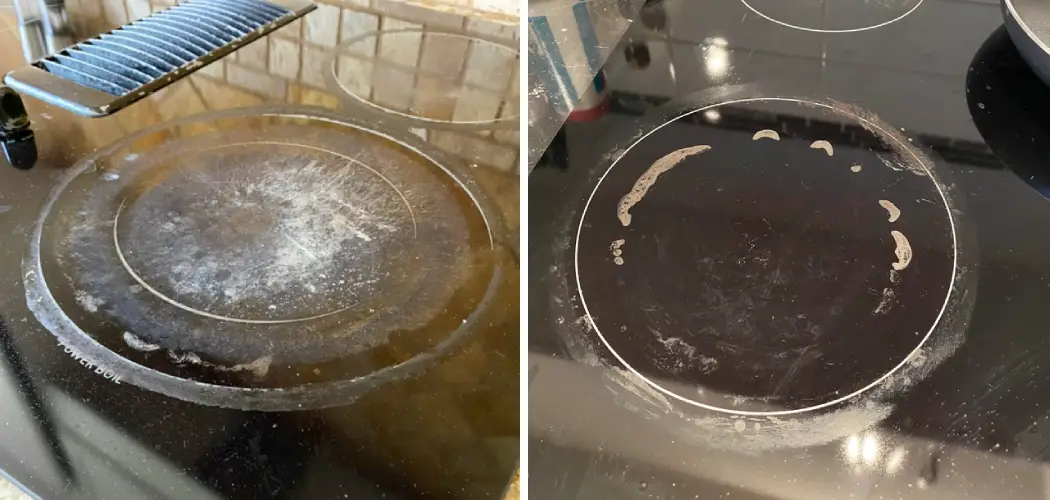Are you struggling to clean burnt milk off a glass top stove? Do you ever thoughtlessly leave a pot of milk on the stove too long, only to come back and find it overcooked with charred bits stuck between the cracks of a glass top stove? We’ve all been in this frustrating situation before; no matter how hard we scrub, the milk simply won’t come off and can be an eyesore on its own. Worry not!
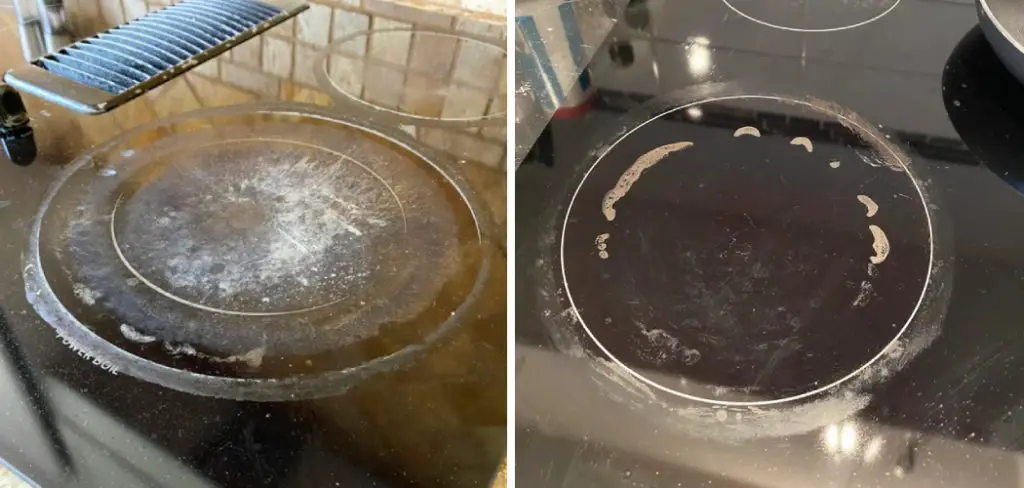
There are specific techniques that you can use to help remove those bothersome burnt-on messes without causing additional damage. In this blog post, we’ll provide detailed step-by-step instructions on how to clean burnt milk off glass top stove, guiding you through the process of cleaning charred milk from a glass top stove quickly and efficiently. Keep reading for all of the helpful tips!
Important Facts to Remember When Cleaning Burnt Milk Off Glass Top Stove
1. Type of Glass
Top Stove Matters: Be sure to check the manufacturer’s instructions so that you do not use a product or method that can damage a specific type of glass top stove. Also, pay attention to the type of cleaners you use, as some solvents can damage glass surfaces.
2. Don’t Scrub
One common mistake is scrubbing too hard with a stiff-bristled brush or abrasive pad; this could scratch and permanently damage the surface of your stovetop. Scrubbing hard will also only move around the burnt milk, making it harder to remove.
3. Use Hot Water and Soap
Hot soapy water is an effective way to remove stuck-on messes without scrubbing. It softens the residue, allowing you to wipe away much of it with a damp cloth or paper towel.
Now that we’ve gone over the important details let’s take a look at how to clean burnt milk off glass top stove.
Choosing the Best Cleaner
For a glass top stove, choose a non-abrasive cleaner. A mild soap or household detergent is usually enough to remove burnt milk with minimal effort. You can also use baking soda or white vinegar for tougher messes; these both have natural cleaning properties that help break down the residue and make it easier to wipe away.
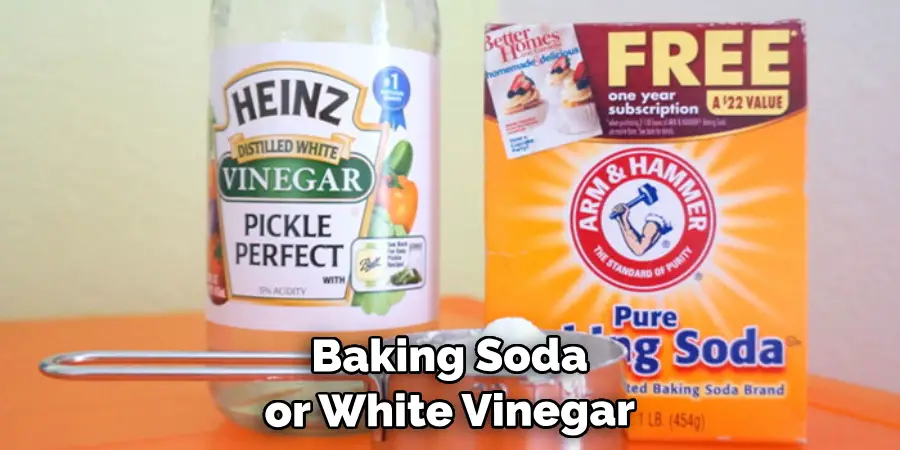
Required Items
- Hot water
- Mild detergent or dish soap
- Soft sponge
6 Steps on How to Clean Burnt Milk Off Glass Top Stove
1. Turn Off the Stove
First, turn off your stove and allow it to cool down. Once it is cooled off, fill up a bucket or sink with warm soapy water. While turning off the stove is a common sense step, it is important to remember in order to avoid burning yourself or damaging the stove surface.
2. Soak the Burnt Milk
Place a soft cloth, rag, or paper towel over the burnt milk and let it soak for several minutes. This will help to loosen up any dried-on residue before you start scrubbing.
3. Wipe Away the Residue
After letting it soak, use a damp soft sponge to gently wipe away any remaining residue or charred bits. Avoid scrubbing vigorously, as that can cause scratches and permanent damage to the glass top stove.
4. Rinse Off
When you’ve removed as much of the mess as possible, rinse off the stove with warm, clear water. Make sure to use plenty of water when rinsing to get rid of any remaining residue.
5. Dry
When finished, make sure to dry off the glass top stove completely with a soft cloth or paper towel. This will help prevent streaks and spots from forming on your sparkling-clean surface! Drying also helps to prevent mineral deposits and stains from forming on the glass top.
6. Clean Regularly
Finally, regular cleaning of your stove will help keep it looking like new and make burnt milk messes easier to remove. Wipe down your glass top stove at least once a week with hot soapy water and a soft sponge or cloth. This will maintain its glossy, streak-free shine and help prevent burnt milk messes from sticking or burning.

By following these easy steps on how to clean burnt milk off glass top stove you should have your glass top stove looking good as new in no time! Cleaning burnt milk off a glass-top stove doesn’t have to be a difficult task if done correctly; just remember to use gentle techniques and the right products for your specific type of stove. With a little patience and effort, you can get back to enjoying your shiny clean glass top in no time!
8 Safety Precautions to Follow
It is important to take safety precautions when attempting to clean burnt milk off of a glass top stove. The following steps should be followed to ensure that you safely and effectively remove the burned-on mess:
1. Wear gloves and protective eyewear. When cleaning, it is important to protect your hands from any dangerous chemicals or abrasives, as well as your eyes, in case of any splashing. Also, do not attempt to clean a hot stovetop.
2. Turn off the heat source and wait until it is cool to the touch before beginning. If you turn off the stove’s heat source, it will help reduce the amount of smoke generated while cleaning. Also, be sure to completely cool the stove top before beginning your cleaning.
3. Use a damp cloth to loosen the burnt food particles. A damp cloth should be used to gently rub away any burned-on food particles from the glass stove top. Be careful when using a scrubbing pad or sponge, as these can cause scratches on the glass surface and may not be as effective.
4. Create a paste using baking soda and water. To create the baking soda paste, mix together two parts baking soda with one part water in a bowl until it forms a thick paste. Baking soda is a natural abrasive and can help to effectively remove burnt-on messes.
5. Apply the paste directly onto the glass stove top. Gently rub the baking soda paste over the surface of the stovetop in small circular motions using your damp cloth until it has been completely covered. Allow the mixture to sit for several minutes before moving on to the next step.
6. Rinse off the baking soda paste with clean water. After allowing the baking soda mixture to sit for several minutes, rinse it away using a damp cloth and warm water. Be sure to rinse thoroughly to remove all traces of the baking soda paste from the stovetop.
7. If necessary, use a glass cooktop cleaner or razor blade scraper to remove any remaining residue. If the baking soda paste does not completely remove the burnt-on mess, you may need to use a glass cooktop cleaner or razor blade scraper. When using either of these items, be sure to exercise caution and read all instructions before beginning.
8. Clean as normal with soapy water and a soft cloth. After removing all traces of the burnt-on mess, you can clean as usual using warm soapy water and a soft cloth. Be sure to rinse away all soapy residue and dry with a clean towel for a streak-free shine.

With these simple steps on how to clean burnt milk off glass top stove, you will be able to safely and effectively remove burnt milk from your glass top stove. Be sure to always exercise caution when cleaning and follow all instructions that are provided with your cleaning products.
7 Maintenance Tips to Clean Burnt Milk Off Glass Top Stove
1. Clean once in a while. In order to prevent milk from sticking and burning on the stove surface, it is best to clean your glass top stove regularly. Wipe down the surface with a damp cloth or sponge and dishwashing liquid as part of your routine cleaning regimen.
2. Don’t forget to use the right tools. For best results, it is recommended that you use a special cleaner formulated specifically for glass top stoves when cleaning burnt milk off your stove. These products are usually sold in hardware or home improvement stores and typically come with detailed instructions on how to properly apply them.
3. Use the right technique for removing spills and splatters. If you have a spill or splatter of milk on your stove, it is important to act quickly to avoid the liquid from burning onto the surface. Using a soft damp cloth, a gentle scrubbing motion should be used when cleaning off the milk.
4. Try steam cleaning. One of the best methods for removing burned-on milk is to use a steam cleaner. The steam helps to loosen the burnt milk and makes it easier to wipe away.
5. Use baking soda for stubborn areas. If you have tried all of the above methods and still can’t get rid of all the burnt milk on your stove, try sprinkling a layer of baking soda over the spot and letting it sit for about 20 minutes. This should help to loosen the milk and make it easier to wipe away.
6. Don’t forget the outside of your stove. Even after you clean off the burnt milk from the surface of your stove, you should also remember to clean off any residue that has accumulated on the outside as well.
7. Consider using a protective coating. If you frequently find yourself having to clean burnt milk off your glass top stove, it may be a good idea to consider applying a protective coating. These coatings can help keep spills from sticking and burning onto the surface of the stove, making it easier to clean up any future messes.
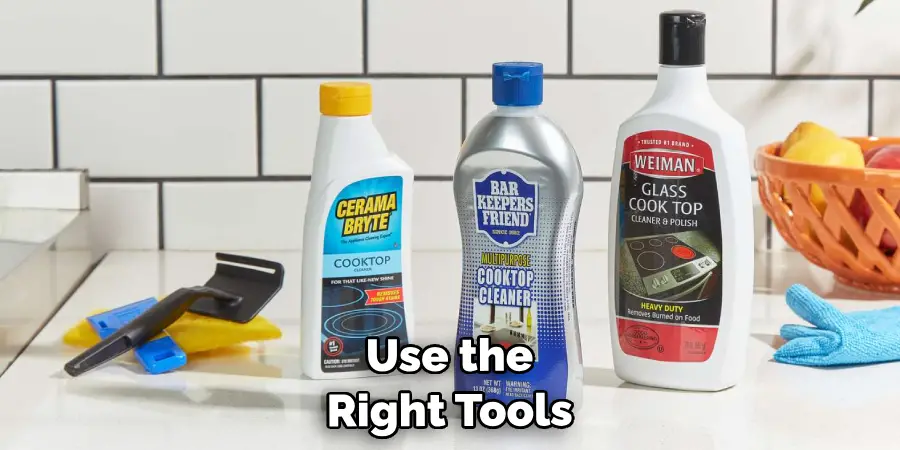
These are just seven tips on how to clean burnt milk off glass top stove. Keeping your stove clean not only helps you avoid tough-to-remove messes but can also help to extend the life of your appliance and keep it looking like new.
Frequently Asked Question
How Long Will It Take to Finish the Project?
The amount of time it takes to clean burned milk off a glass top stove depends on the severity of the burn. If the burn is minor, you may be able to get it cleaned up within an hour or two. However, for more serious burns, it could take several hours and multiple cleaning sessions before the burnt milk is removed from your stovetop.
Do I Need Special Cleaning Products?
No, you do not need to purchase any special cleaning products in order to clean burnt milk off your glass top stove. You can use a combination of baking soda, white vinegar, and hot water to get the job done. However, if you have specific stains that seem stubbornly stuck to the stovetop surface, you may need to invest in a stronger cleaning product.
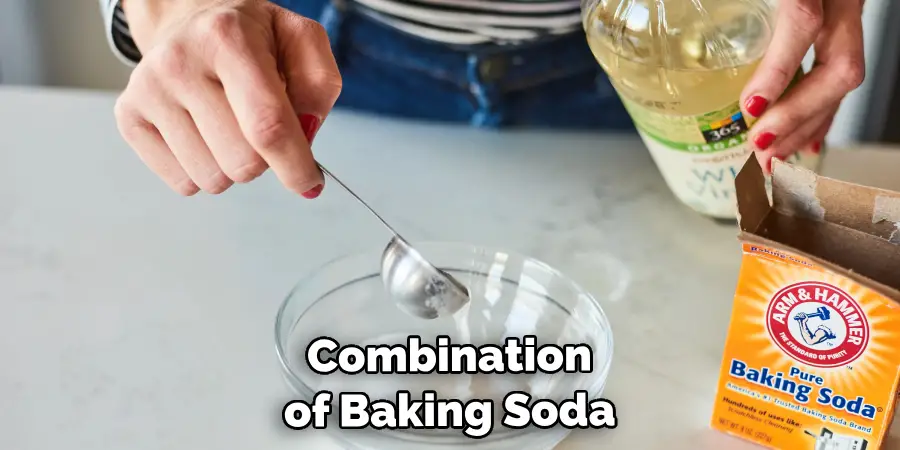
Is It Dangerous to Clean Burnt Milk Off My Stove?
No, it is not dangerous to clean burnt milk off your glass top stove. However, if you are using an abrasive cleaner or scrubbing too hard, you can cause scratches and damage to the surface of your stovetop. Be sure to use gentle, non-abrasive cleaners and scrubbing tools to make sure you don’t damage the glass top surface.
Will My Glass Top Stove Look Good as New?
It is possible that your glass top stove will look good as new after cleaning off the burnt milk, but this depends on how severe the burn was in the first place. If you are able to get rid of all of the burned milk, your glass top should look clean and shiny. However, if the burn was too severe or your cleaning efforts were not successful, there may be some discoloration or staining on your stovetop.
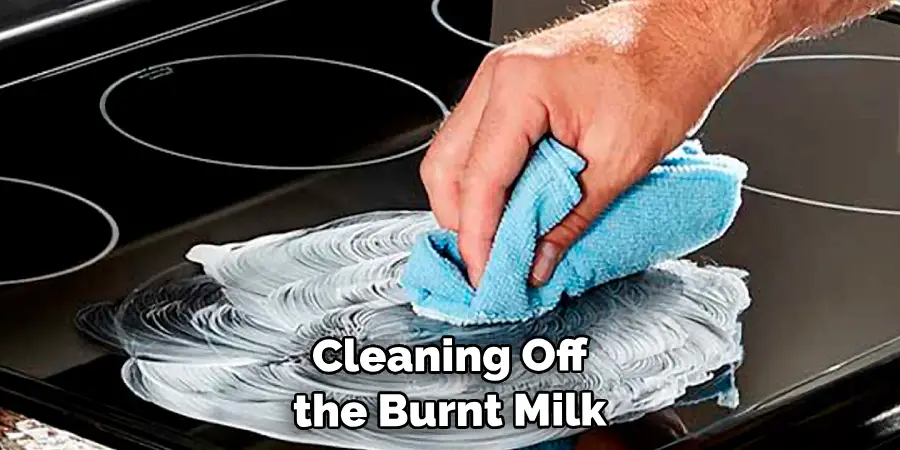
Conclusion
When you face the daunting task of cleaning burnt milk off a glass-top stove, remember the steps of diet in this blog post and be sure to have all the necessary supplies on hand before beginning. Try to act quickly, as any delays could result in permanent stains that can’t be removed. Above all else, use caution when dealing with potentially damaging tools or chemicals that may come into play during the process.
And if it’s too overwhelming, don’t hesitate to contact a professional service for help. With proper care and attention, you’ll be able to enjoy a sparkling clean surface and know that in preparing future meals, your stove will remain safe and beautiful. So don’t let burnt milk stand in the way of cooking up a tasty meal! Put these tips on how to clean burnt milk off glass top stove into action today and get back into your kitchen with confidence.

